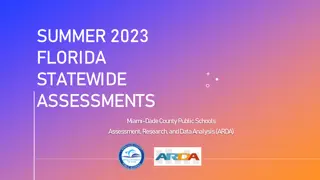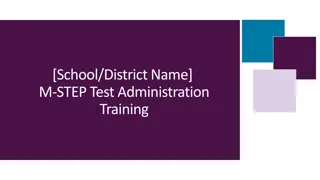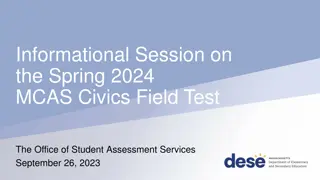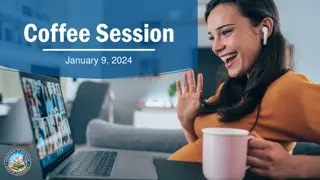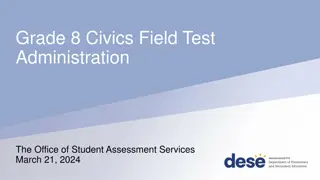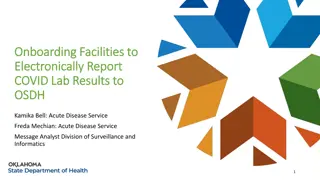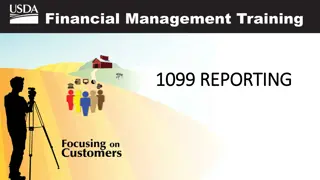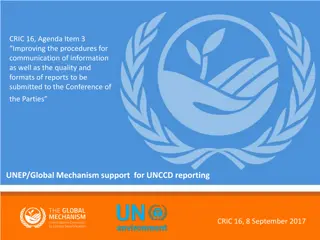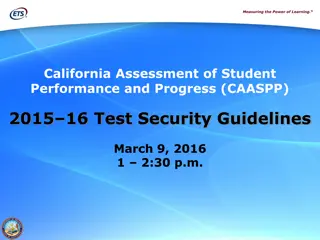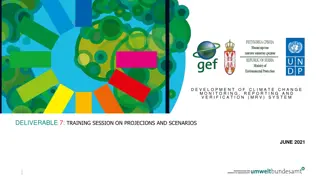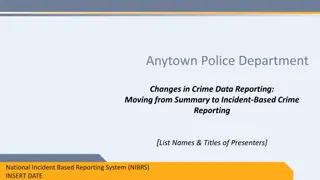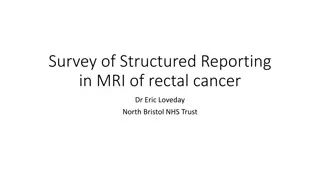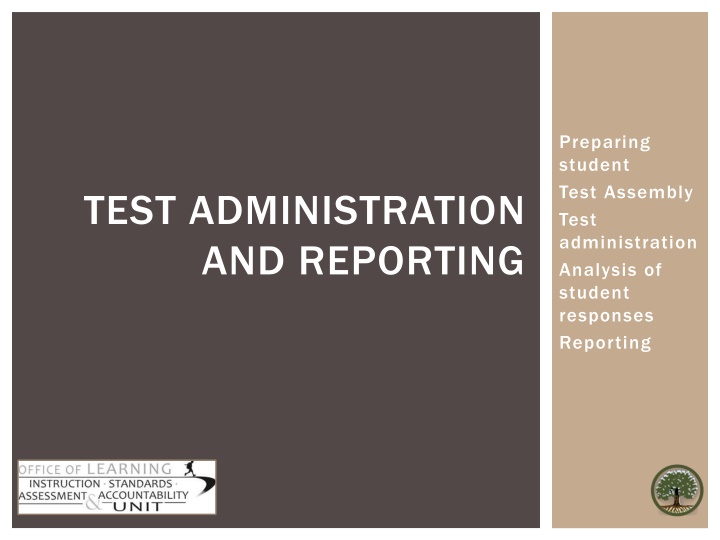
Effective Test Assembly and Administration Strategies for Student Assessment
Learn how to prepare students for assessments, assemble tests effectively, administer tests with consideration, analyze student responses, and report results accurately. Gain insights on maximizing student performance, distributing test items fairly, and interpreting student responses for improved learning outcomes.
Download Presentation

Please find below an Image/Link to download the presentation.
The content on the website is provided AS IS for your information and personal use only. It may not be sold, licensed, or shared on other websites without obtaining consent from the author. If you encounter any issues during the download, it is possible that the publisher has removed the file from their server.
You are allowed to download the files provided on this website for personal or commercial use, subject to the condition that they are used lawfully. All files are the property of their respective owners.
The content on the website is provided AS IS for your information and personal use only. It may not be sold, licensed, or shared on other websites without obtaining consent from the author.
E N D
Presentation Transcript
Preparing student Test Assembly Test administration Analysis of student responses Reporting TEST ADMINISTRATION AND REPORTING
PREPARING STUDENTS Assess maximum, not typical, performance of the student Give students enough information about the assessment: Time Pop quizzes do not assess maximum performance Test condition (timed, speeded, take-home) Test content Emphasis of the test Scoring Test use Poor test administration conditions have the potential to interfere with students demonstrating their full potential and puts at risk the accuracy and usefulness of the data (ODE, 2014 ).
TEST ASSEMBLY Purpose of the assessment being assembled Range of content/Learning Progression to be covered Distribution of test items Type the test and distribute it fairly Organization of test items Place easier items first minimize test-anxiety and improve validity Give clear directions to answer each item Provide a balance of item types, content coverage, difficulty levels Make sure adequate time is allowed
TEST ADMINISTRATION CONSIDERATIONS Time of day Time allotted Proximity to teaching of targeted content Other issues
ANALYSIS OF STUDENT RESPONSES Score student responses Group students upper-, middle-, and lower-scoring group Did the group of students have particular difficulties? What might be done about this? Compute item difficulty (percent of students passing item, or average score) Analyze responses for the least and most difficult items, as well as items where most students could do Distribution of scores per item Does the item function differently for different groups of students?
REPORTING Reports should provide information about student achievement relative to the learning target (ODE, 2014).
BIBLIOGRAPHY Nitko, A. J., & Brookhart, S. (2007). Educational assessment of students. Upper Saddle River, NJ: Pearson Education, Inc. McMillan, J. H. (2007). Classroom assessment. Principles and practice for effective standard-based instruction (4th ed.). Boston: Pearson - Allyn & Bacon. Oregon Department of Education. (2014, June). Assessment guidance. Wilson, M. (2005). Constructing measures: An item response modeling approach. New York: Psychology Press, Taylor & Francis Group. Wilson, M., & Sloane, K. (2000). From principles to practice: An embedded assessment system. Applied Measurement in Education, 13 (2), pp. 181-208. Smarter Balanced Assessment Consortium. (2012, April). General item specifications.
CREATIVE COMMONS LICENSE Introduction to Test Administration and Reporting PPT by the Oregon Department of Education and Berkeley Evaluation and Assessment Research Center is licensed under a CC BY 4.0. You You are free to: are free to: Share Share copy and redistribute the material in any medium or format Adapt Adapt remix, transform, and build upon the material Under Under the following terms: the following terms: Attribution Attribution You must give appropriate credit, provide a link to the license, and indicate if changes were made. You may do so in any reasonable manner, but not in any way that suggests the licensor endorses you or your use. NonCommercial NonCommercial You may not use the material for commercial purposes. ShareAlike ShareAlike If you remix, transform, or build upon the material, you must distribute your contributions under the same license as the original. Oregon Department of Education welcomes editing of these resources and would greatly appreciate being able to learn from the changes made. To share an edited version of this resource, please contact Cristen McLean, cristen.mclean@state.or.us.


